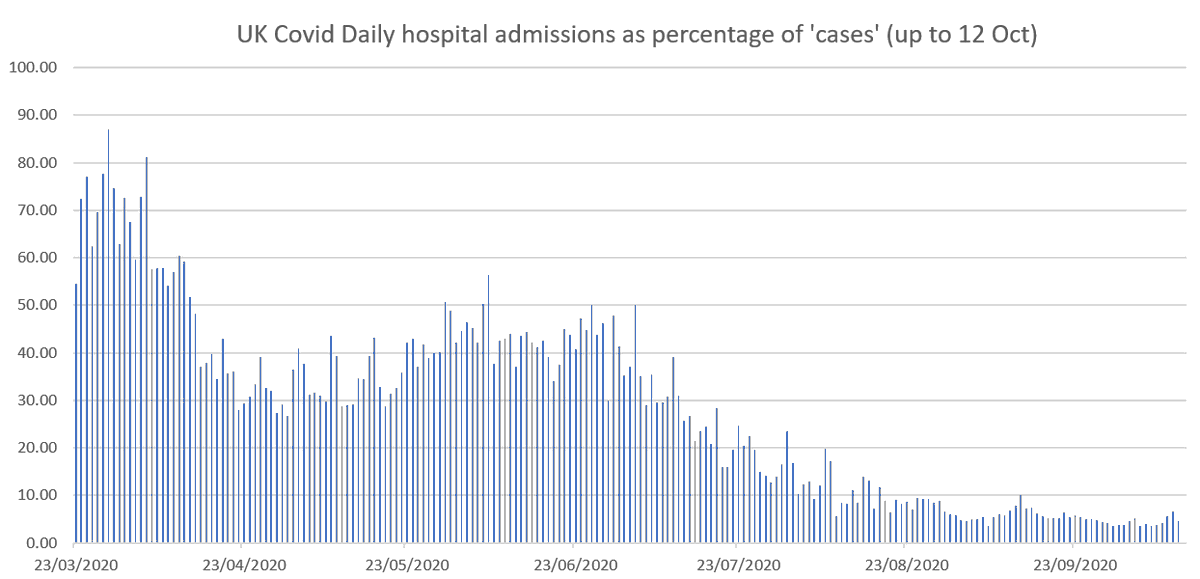
1. This article nicely explains why (because of possible false positives) a positive LFT test result does NOT mean you certainly have Covid. However, it's focus on false negatives (implying we should also be wary of a negative result) is misleading. theguardian.com/theobserver/co…
2. In fact, with the assumptions used in the article and the current results of the Cambridge University study of asymptomatics, it follows that there's ony a 1 in 10,000 chance a person testing negative with LFT will have the virus 

3. The results suggest we should NOT be mass testing asymptomatic people. The lastest Cambridge asymptomatic study results are here: cam.ac.uk/sites/www.cam.…
4. In case anybody wants to see how Bayes theorem enables us to calcuate these probabilities exactly, here is an introductory (6 minute) video
5. And here is one that explains the importance of confirmatory testing of positive results
6. Incidentally, even if we use a lower asymptomatic infection rate of 1 in 2000 (as some claim) there's still only a 2 to 3 chance in 10,000 that a negative test is wrong, and only a 1 in 5 chance you have the virus if you test positive.
• • •
Missing some Tweet in this thread? You can try to
force a refresh









